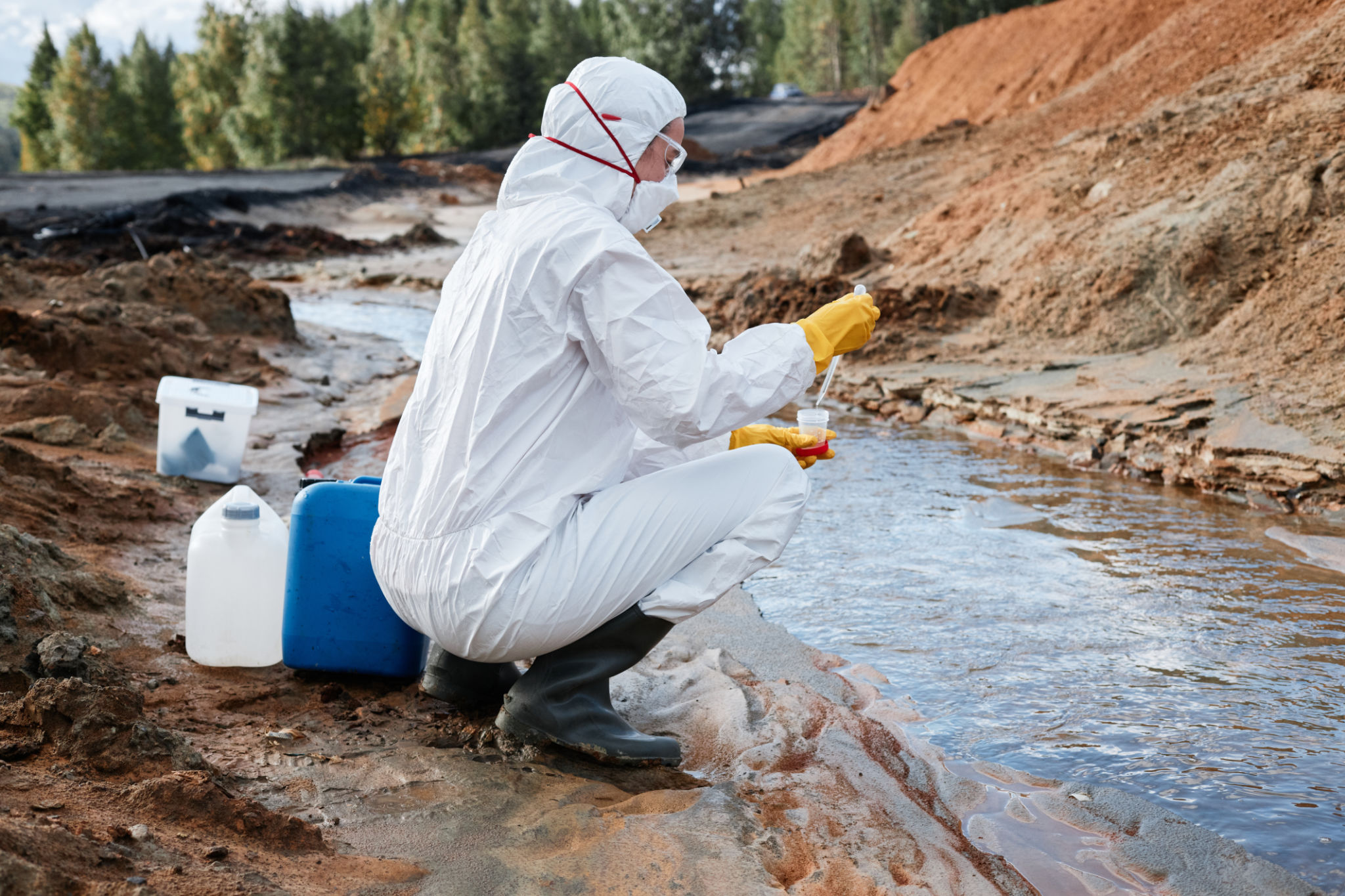Comprehensive Hazard Communication Training in Montana: What You Need to Know
Understanding Hazard Communication Training
In Montana, ensuring workplace safety is paramount, particularly for industries that deal with hazardous materials. Comprehensive hazard communication training is critical for maintaining a safe environment, reducing risks, and complying with regulatory standards. This training is designed to educate employees about potential hazards and the necessary precautions to take.

The Occupational Safety and Health Administration (OSHA) has set guidelines that mandate employers to provide adequate hazard communication training. This involves educating employees on the hazardous chemicals they might encounter and how to handle them safely. Understanding the components of OSHA's Hazard Communication Standard (HCS) is essential for all businesses operating in Montana.
The Importance of Hazard Communication
Hazard communication training is not just a regulatory requirement; it is a vital component of workplace safety. By ensuring employees understand the risks associated with hazardous chemicals, businesses can prevent accidents and protect their workforce. Effective communication can also lead to improved productivity and employee morale by creating a safer work environment.
Montana's diverse industries, from agriculture to mining, often involve the use of hazardous substances. Hence, companies must adopt a proactive approach towards hazard communication training. This involves not only initial training sessions but also regular updates and refreshers to keep safety knowledge current.
Key Components of Hazard Communication Training
Comprehensive hazard communication training in Montana typically includes several key components:
- Identification of Hazardous Chemicals: Employees must be able to identify hazardous substances and understand the risks associated with them.
- Understanding Safety Data Sheets (SDS): Training should include how to read and interpret Safety Data Sheets, providing detailed information about each chemical.
- Proper Labeling Practices: Ensuring that all containers are correctly labeled with hazard warnings is crucial for safety.

Employers should also provide guidance on the use of personal protective equipment (PPE) and emergency procedures in case of exposure. These measures help in minimizing risks associated with hazardous chemicals.
Implementing Effective Training Programs
To implement effective hazard communication training, businesses in Montana should consider leveraging a mix of instructional methods. This can include classroom sessions, hands-on demonstrations, and digital learning platforms. Engaging employees through interactive sessions can enhance understanding and retention of safety practices.
Furthermore, involving experienced safety professionals to conduct training sessions can provide valuable insights and real-world examples. This approach not only ensures compliance with OSHA standards but also fosters a culture of safety within the organization.

Ongoing Compliance and Evaluation
Compliance with hazard communication standards is an ongoing process that requires regular evaluation and updates. Businesses should conduct periodic audits to ensure that safety practices are being followed and that employees are up-to-date with the latest information. Updating training programs in response to new regulations or changes in workplace conditions is crucial for maintaining compliance.
In conclusion, comprehensive hazard communication training is an essential aspect of workplace safety in Montana. By educating employees about the risks associated with hazardous materials and equipping them with the knowledge to handle such substances safely, businesses can protect their workforce and ensure regulatory compliance. A commitment to ongoing training and evaluation will foster a safer work environment, benefiting both employees and employers alike.
